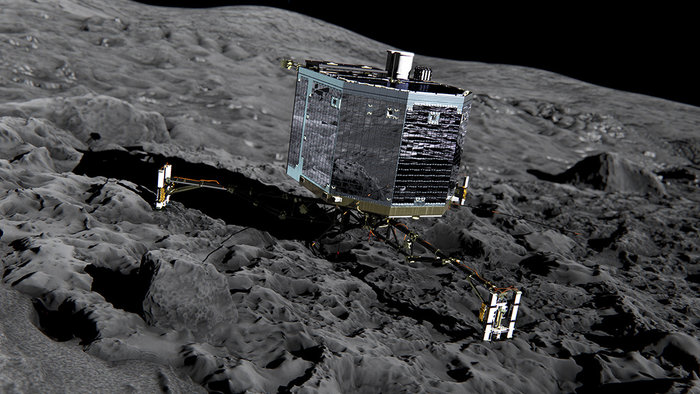NASA has successfully installed the World's first zero gravity 3D printer on the International Space Station to help the astronauts experiment with additive manufacturing in micro gravity.
NASA astronaut Barry Wilmore installed the 3D printer, designed and built by Made In Space, inside the Microgravity Science Glovebox (MSG) on the ISS. The printer was launched in September aboard the SpaceX 4 resupply mission to the ISS.
NASA astronaut Barry Wilmore installed the 3D printer, designed and built by Made In Space, inside the Microgravity Science Glovebox (MSG) on the ISS. The printer was launched in September aboard the SpaceX 4 resupply mission to the ISS.
